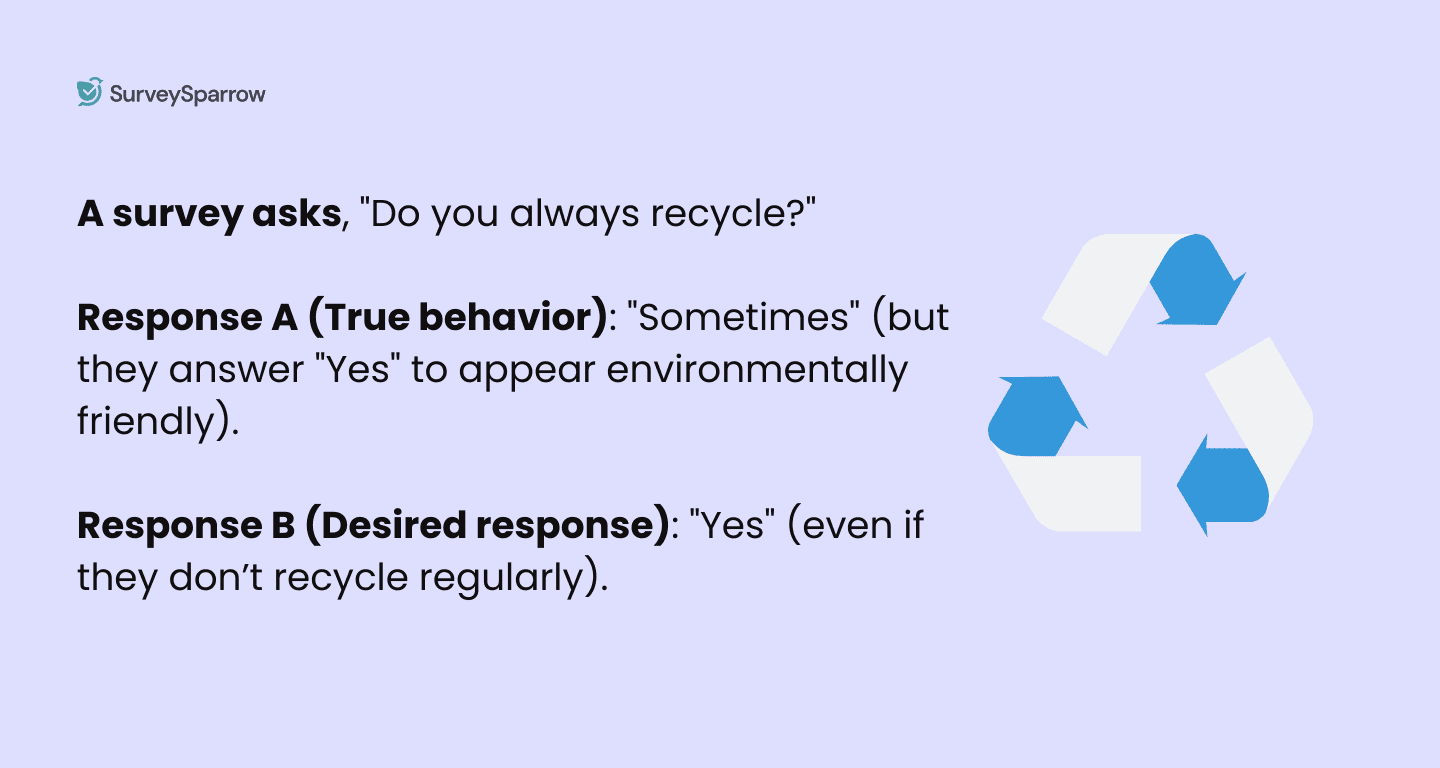Accurate and unbiased data collection is critical in research, whether in market studies, healthcare, or social sciences. However, one factor that can distort findings is response bias. Understanding what is response bias is crucial to improving the quality of survey-based research and obtaining reliable insights.
Defining Response Bias
Response bias occurs when participants in a study provide inaccurate or false answers, often due to subconscious influences or the structure of the questionnaire. It can affect surveys, interviews, and any other self-reported data collection methods. The result is data that may misrepresent the actual views or behaviors of the respondents, leading to misleading conclusions.
Types of Response Bias
Social Desirability Bias
Respondents may answer questions in a way they believe is more socially acceptable rather than being completely honest. For instance, someone might downplay unhealthy eating habits or exaggerate charitable donations.
Acquiescence Bias
This type arises when participants tend to agree with statements regardless of the content. It can be a result of unclear question phrasing or a desire to appear cooperative.
Recall Bias
When asked to remember past events or behaviors, individuals may not recall accurately. This kind of bias is especially prevalent in health-related studies or retrospective surveys.
Extreme or Neutral Responding
Some participants may always choose the most extreme options, while others habitually pick neutral answers, regardless of their true opinions.
Why Response Bias Is a Problem
Even small instances of response bias can significantly affect the outcome of research. For businesses, this may lead to poor product development, ineffective marketing strategies, or misplaced investments. In public health or social policy, decisions based on biased data can fail to address the real needs of the population.
Moreover, response bias undermines the credibility of the research and can render statistical analysis less meaningful or completely invalid.
Strategies to Reduce Response Bias
Ensure Anonymity
Making surveys anonymous helps participants feel safe to respond truthfully, especially when addressing sensitive topics.
Use Clear and Neutral Wording
Questions should be carefully phrased to avoid suggesting a “correct” or “preferred” answer. Avoid emotionally charged or leading language.
Mix Question Formats
Incorporating a mix of positively and negatively worded items can help counteract patterns of automatic agreement or disagreement.
Pilot Test the Survey
Pre-testing surveys with a small group can identify issues that might cause bias and allow for revisions before full deployment.
Conclusion
Understanding what is response bias and its many forms is essential for anyone conducting or interpreting research. By being mindful of the factors that cause bias and implementing thoughtful survey designs, researchers can reduce inaccuracies and uncover insights that reflect the real attitudes and behaviors of their target population. In doing so, they build a stronger foundation for informed decision-making and meaningful action.

